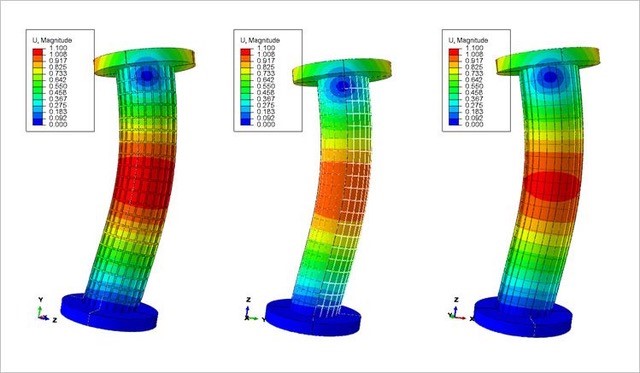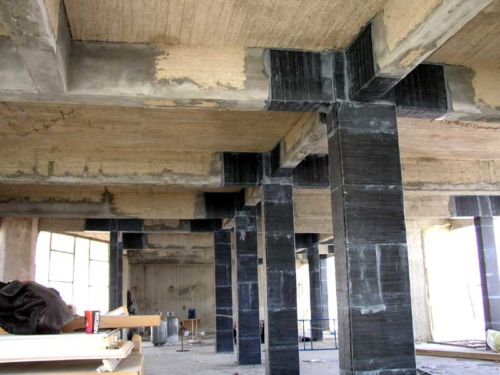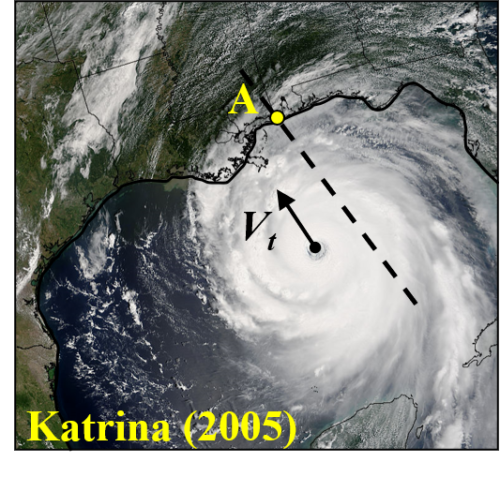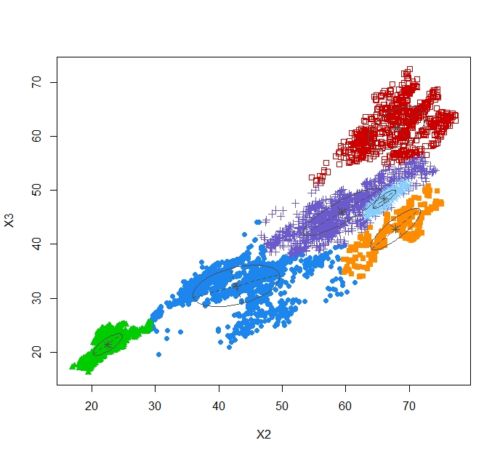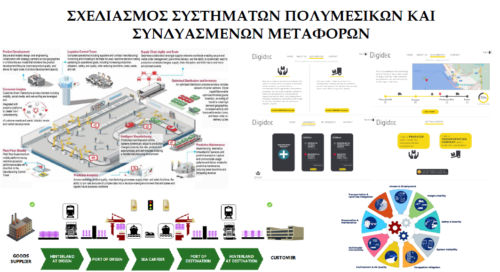• From the side of Engineering Seismology students are introduced to basic concepts regarding the Mechanics of the Seismic Source as well as to Elements of Elastic Wave Propagation (Elastodynamics). Special emphasis is devoted to the description of the tectonic seismic source (source spectrum, scaling law) and its important parameters that are relevant to seismic design of man-made structures. An overview of the methods of strong ground motion prediction and simulation is presented (empirical methods, mathematical modelling techniques – near-fault vs. far-field seismic motions). Methods for assessing the seismic risk are discussed for Performance Based Earthquake Design.
• From the side of Earthquake Engineering the students are introduced to simple, yet realistic structural models (e.g. multi-story structures, fluid-filled tanks, etc.), supported on elastic ground, and their dynamic response to the various phases of the wave-field (i.e. body-waves, surface waves, and the associated translational and rotational motions). Discrete parameter as well as continuous parameter models are used to simulate the dynamic response of structures.
The presentation of the topics is tailored to the needs of earthquake engineers

